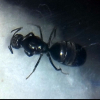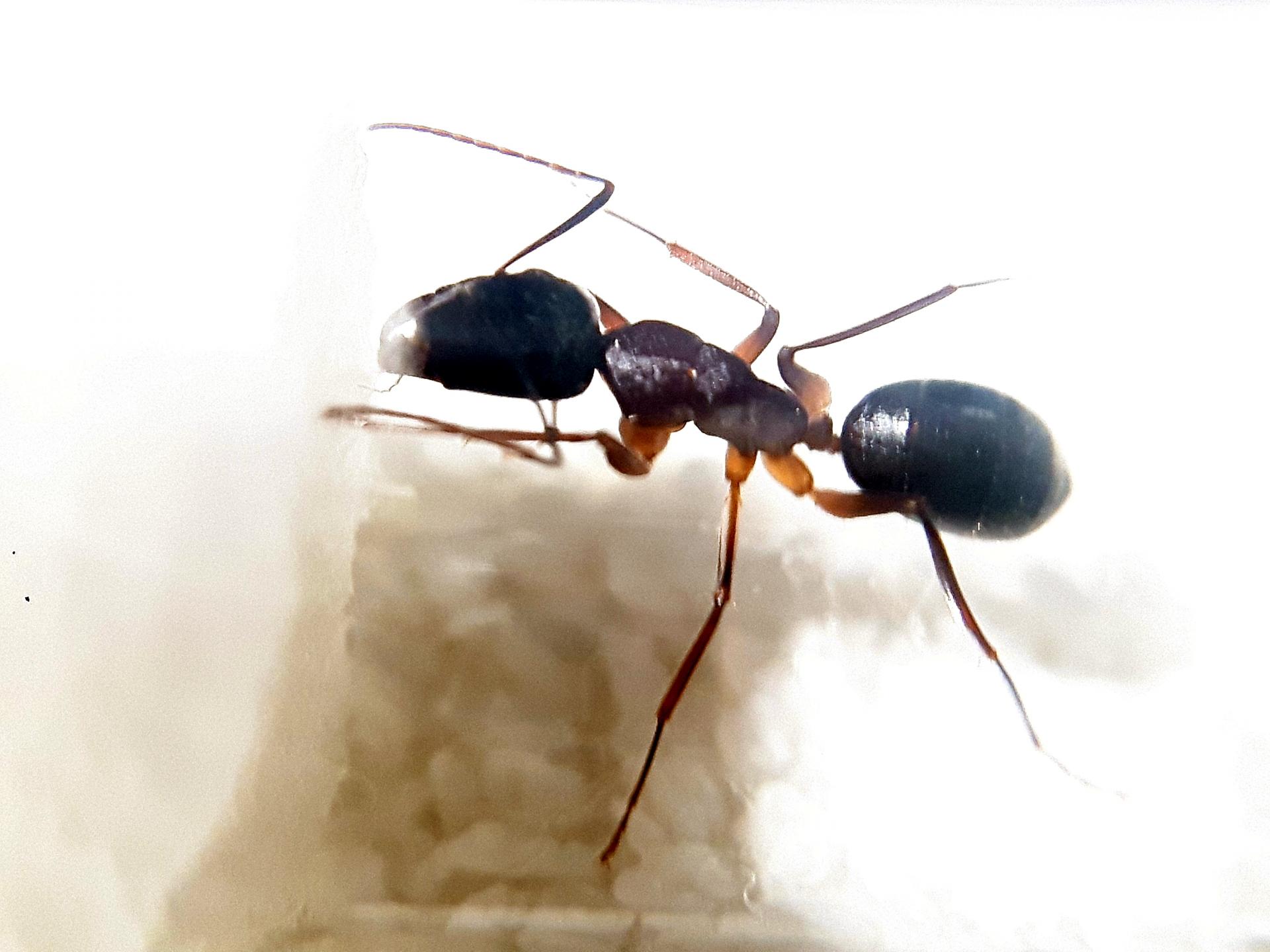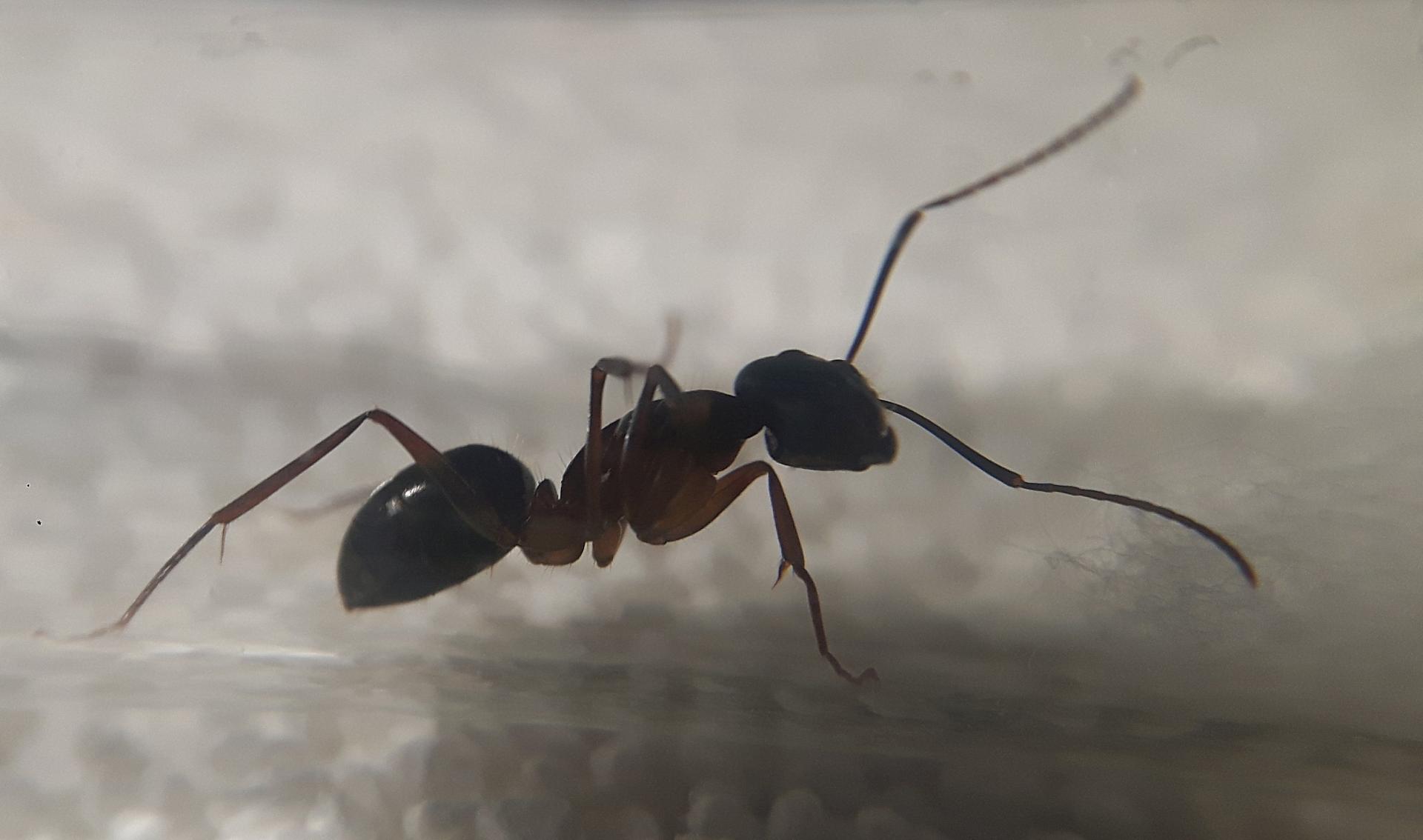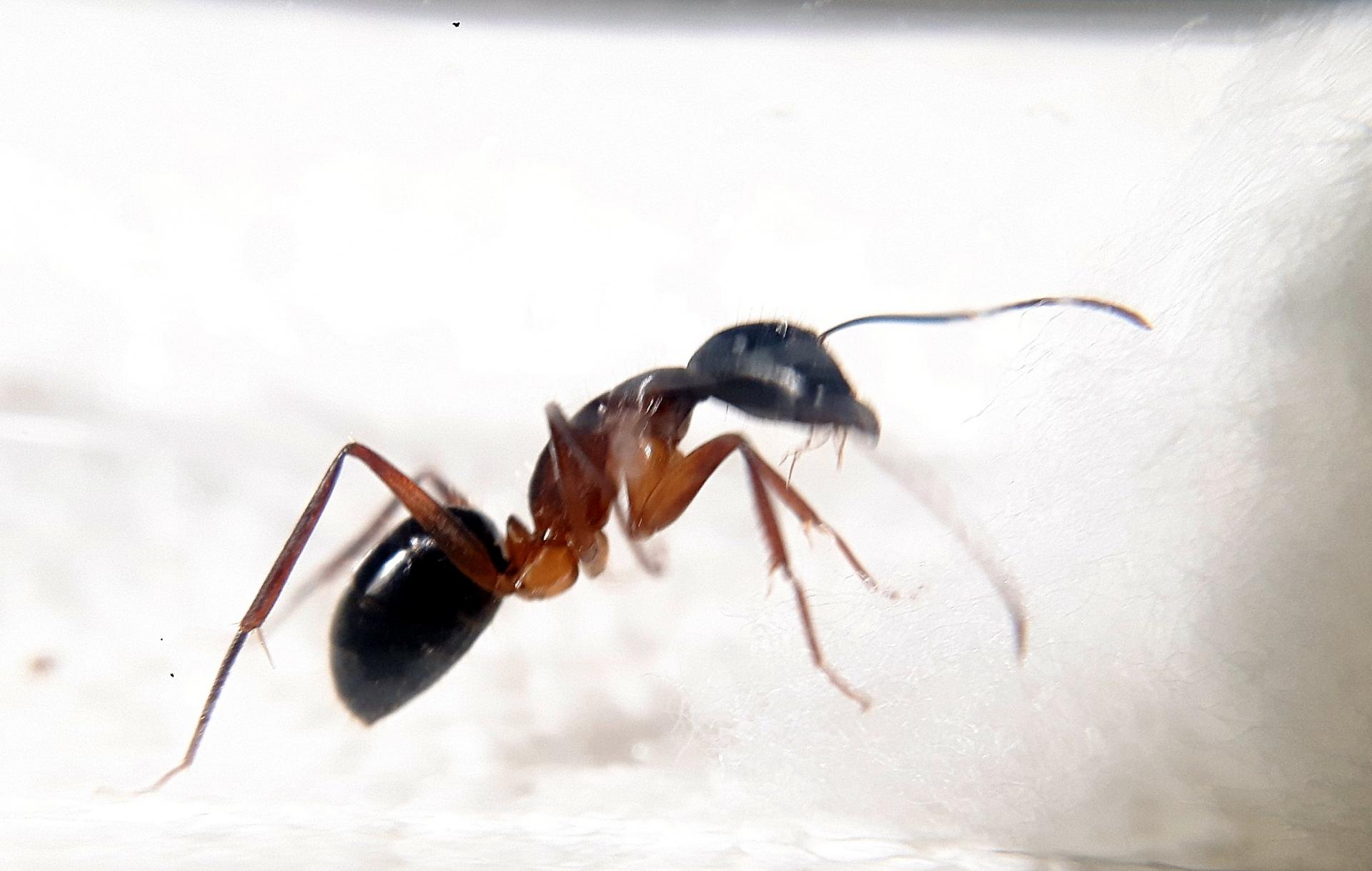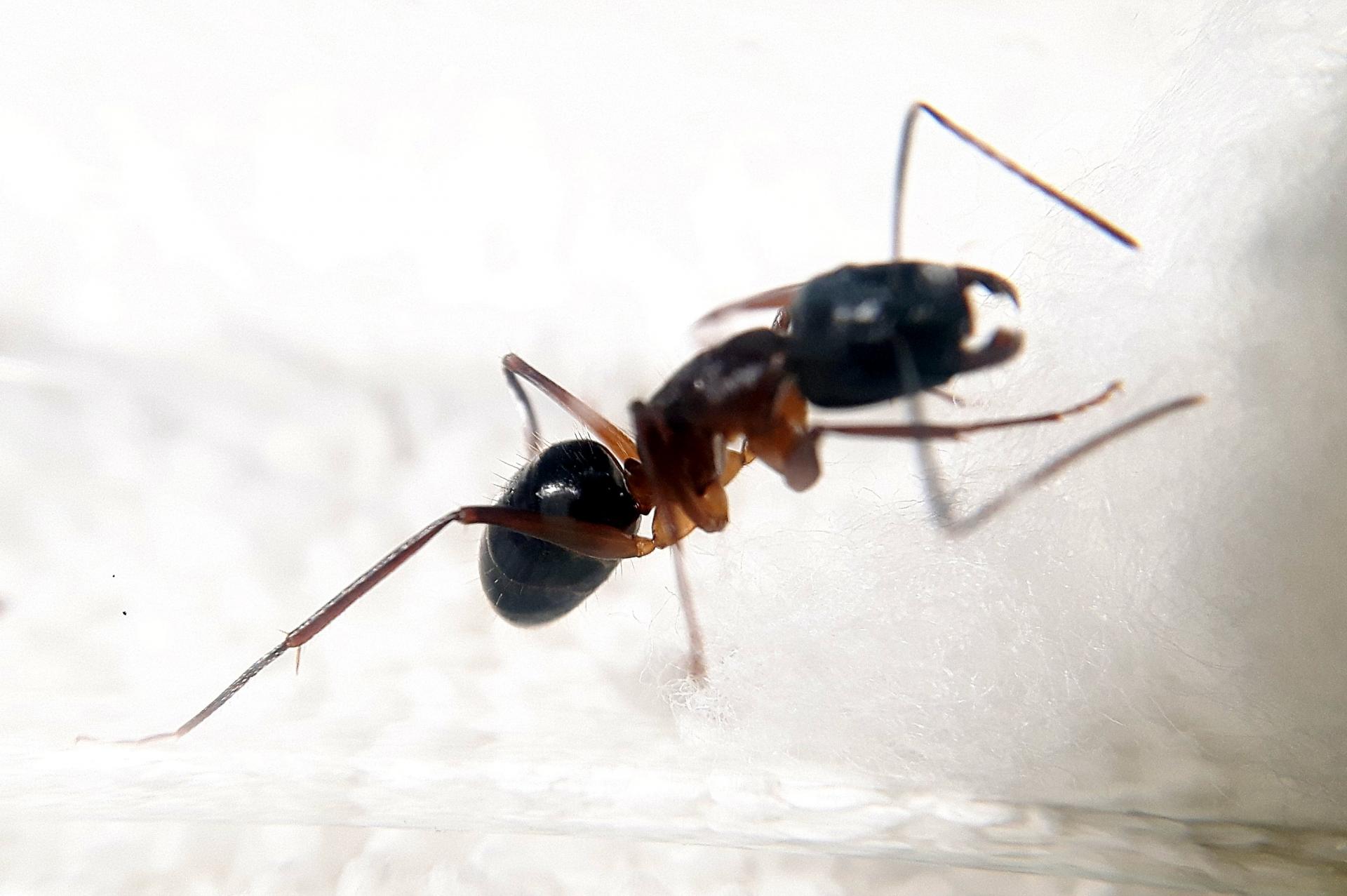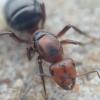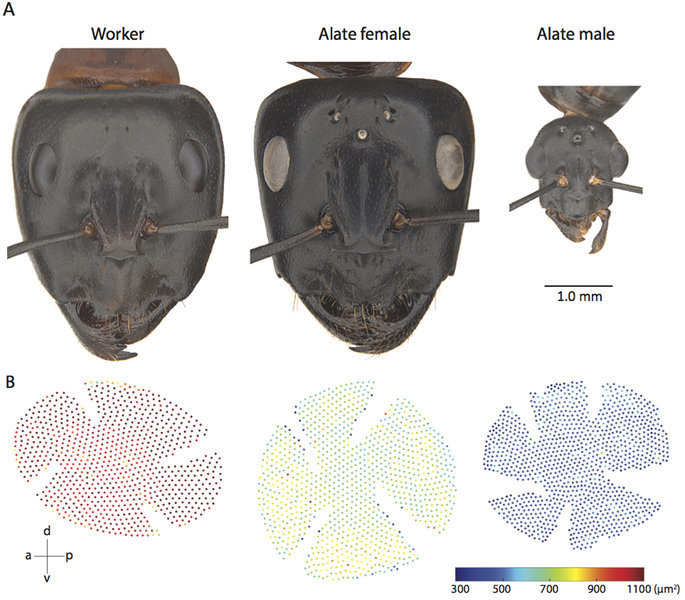Hi guys!
Yesterday at nightfall I was taking a hike and I got to a point where I had to decide to go left or right on the dirt road. Apparently inconsequent decisions but this one wasn't, as one minute later I saw this queen walking on the road...
I'm glad I always carry a small container in my backpack. Finally it proved itself most useful! (learned that lesson when I once found a Messor barbarus queen (that I want badly!) walking on a city pavement and I had nothing to carry her on, made a shell with my hands to carry her and when I got to the dirt road parking lot and open my hands to get the car keys, she dropped and I lost her right THERE next to my car, where inside I had a container). Out of frustration, I've learned my lesson!
Anyway and back to this queen. I have my suspicions on what she might be but I'm just a noobie doobie do, so I want the experts' opinion and then lets see how right or wrong I am...
Here's the info to help identification and 4 photos:
1. Location of collection
Portugal, Europe
2. Date of collection
June 3th 2023
3. Habitat of collection
Country side, in an area cultivated with an intensive Eucalyptus monoculture (as is most of my region). In this area there barely are any other kind of trees, but there's a farm nearby.
The place is dry. Very near there is a place that can accumulate rain falls and make a pond and has juncus plants, but by now, as it is summer, it should be already dry or with some moisture as in the last week there have been a few ocasional light rains.
The soil, very dry, is generally made out little rocks and pebbles.
This queen was walking on the dirt road (which is surrounded by a sort of juncus plants) at night fall.
4. Length
12 or 13 mm.
5. Coloration, hue, pattern and texture
The head and the gaster are dark brown. The thorax and the legs are light brown, looking a bit translucent.
She has hairs in the gaster.
The bottom of the thorax seems be be curved upward thin. Please see the attached photos.
6. Distinguishing characteristics
She only has one single petiole. And the thing that called my attention the most was the shape of the bottom part of the thorax.
So what can she be?
As usual, many thanks guys!


